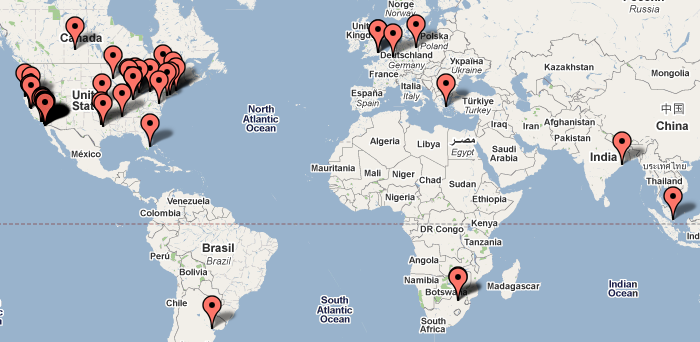Although
The Harvey Milk Story, by Kari Krakow is ostensibly a children's book, it serves as an excellent, albeit brief, introduction to Harvey Milk for adults. Unlike the film,
Milk, which focuses on the brief political career of Harvey Milk,
The Harvey Milk Story gives a broad, yet personal overview of Milk's entire life. Krakow's text, along with David Gardner's charming illustrations, show Harvey as an adorable big-eared baby, a sensitive yet energetic child, a popular and athletic teenager, a deep-sea-diving Naval officer, and a closeted school teacher. The book, like the film, also describes Harvey's life after he moved to the Castro, when he was out and proud and campaigning for city supervisor. Although the book is merely 32 pages (and less that 1400 words) Krakow manages to portray Harvey as more than an important figure in the struggle for gay rights - as a unique, complex person whose life was taken too soon.

Amazon.com classifies the book as appropriate for children ages 4-8, but I believe
The Harvey Milk Story also serves as a valuable resource for older children and adults, particularly through the Author's Notes at the end which expand on some of the issues the author touches on only briefly in the book, as well as the bibliography which lists books, films, and periodicals to consult for more information about Harvey Milk. My book, checked out from CSU San Marcos through
The Circuit, also has a sticker in the front of the book listing San Diego-specific LGBTQ websites.
The book's website provides
ideas for teachers on how to use the book to teach about concepts such as: bullying, belonging, discrimination, hope, and non-violent activism.
The Harvey Milk Story is available directly from the publisher,
Two Lives Publishing. You can also order new and used copies from
Amazon.com and
Barnesandnoble.com.









